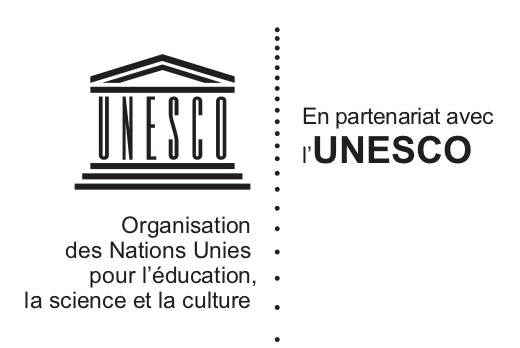Illicit importation/importation illicite
89 Moche Archaeological Objects – Peru v. Johnson
After the discovery of the Moche site of Sipán (Peru) in the mid-eighties, many archaeological objects were looted and smuggled out of the country. In 1987, a smuggler who had been involved in the exportation of these objects to the United States contacted United States Customs agents and led to the eventual seizure of 89 Moche artifacts from Benjamin Johnson, a private collector. The government of Peru sued to retrieve the artifacts from Johnson. Peru’s claim was unsuccessful and the 89 archaeological objects remained in Johnson’s possession.
Ancient Coins – Ancient Coin Collectors Guild v. United States
In an attempt to challenge import regulations in force in the United States (US), the Ancient Coin Collectors Guild (ACCG) imported into the US 23 ancient coins, which were seized by customs officials. The case was litigated from 2007 to 2019, with courts consistently deciding in favour of the US Government and the import restrictions remaining in place.
Cuneiform Tablets and Ancient Clay Bullae – United States v. Hobby Lobby
Approximately 4,000 ancient Iraq artifacts were bought by Hobby Lobby’s president and smuggled into the United States, in violation of federal law. In the settlement, Hobby Lobby agreed to pay $3 million in fines and surrender the artifacts, which have now been returned to Iraq and will most likely be displayed in Iraq’s National Museum.
Egyptian Archaeological Objects – United States v. Frederick Schultz
On 16 July 2001, Frederick Schultz, a New York antiquities dealer, was indicted on one count of conspiring to receive stolen Egyptian antiquities in violation of the National Stolen Property Act (NSPA). Under the NSPA, it is a crime to deal in property that has been “stolen, unlawfully converted or taken, knowing the same to be stolen”.
Etruscan Black-Figured Kalpis – Italy and Toledo Museum of Art
After an extensive investigation by U.S. Immigration and Customs Enforcement (ICE) and Homeland Security Investigations, the Toledo Museum of Art returned in 2013 an Etruscan black-figure kalpis to Italy. The kalpis was found to be smuggled out of Italy after an illegal excavation prior to 1981, then sold to the Toledo Museum of Art in 1982 by Gianfranco and Ursula Becchina, who had earlier purchased it from the art smuggler Giacomo Medici.
Ka Nefer Nefer Mask – United States v. Mask of Ka Nefer Nefer
On July 28, 2014, the Eighth Circuit Court of Appeals denied the request of the United States Government to take further legal action regarding the St. Louis Art Museum’s ownership of the 3200 year old Egyptian Ka Nefer Nefer funerary mask.
Parrot Lady Sculpture – Canada and India
“Parrot Lady” is a 800 year old sandstone sculpture from a Khajuraho temple in India. It was returned by Canada to India in 2015 in accordance with the 1970 UNESCO Convention.
Portrait d’Isabelle d’Este – Cecchini c. Italie
Dans le cadre d’une procédure pénale, le procureur du Tribunal de Pesaro (Italie) a adressé à la Suisse une demande d’entraide judiciaire portant sur un tableau attribué à Leonardo da Vinci qui aurait été transféré d’Italie en Suisse, par sa propriétaire, sans l’autorisation des autorités italiennes. Après avoir fait séquestrer le tableau, le Ministère public du Tessin ordonne la remise de ce dernier à l’Italie. La propriétaire de l’œuvre recourt contre cette décision jusqu’au Tribunal fédéral, qui casse la décision précédente.
Victorious Youth – Italy v. J. Paul Getty Museum
The “Victorious Youth” – a life-size bronze statue created sometime between the 4th and 2nd century BC – is at the centre of an ongoing dispute between Italy and the J. Paul Getty Museum. This statue was discovered in 1964, caught up in the nets of a fishing boat working out of the port of Fano on the Adriatic coast of Italy.
Document Actions










